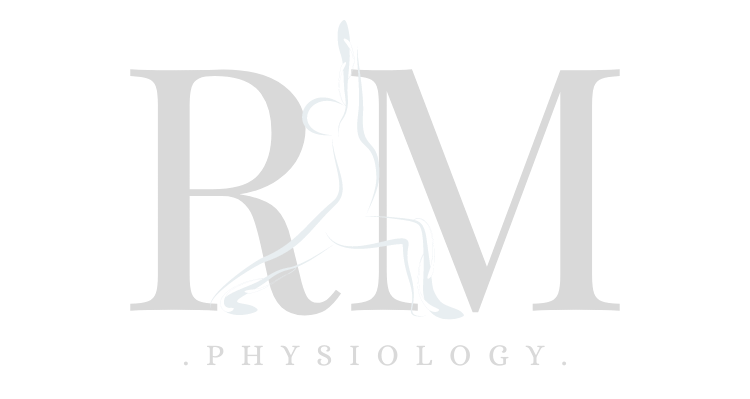Understanding Muscles: The Basics
Before diving in to the complexities of muscle growth, let’s first understand what a muscle is.
Muscles are fibrous tissues in the human body capable of contracting and relaxing to produce movement. They are primarily composed of muscle fibres, long cylindrical cells that contain many nuclei. These fibres are bundled together in fascicles, which are, in turn, grouped together to form the complete muscle.
The human body contains three types of muscle tissue: skeletal, cardiac and smooth muscle tissue.
Our focus, skeletal muscle, is attached to bones and responsible for voluntary movements. Each skeletal muscle fibre in innervated by a motor neuron, which signals the muscle to contract in response to physical activity. This contraction is the fundamental action that enables us to perform everything from lifting weights to blinking. Understanding the structure and function of muscle tissue is crucial for comprehending how muscles grow and strengthen in response to exercise.
Introduction
Muscle growth, or hypertrophy, is a fascinating process that illustrates the body’s remarkable ability to adapt and strengthen in response to physical challenges. Understanding this process not only fuels our fascination with human physiology, but also informs more effective strategies. Here, we explore the stages of muscle growth in detail.
1. Stimulation
The journey to muscle growth begins with stimulation, primarily through resistance training that introduces mechanical tension to muscle fibres. This tension is critical; it triggers cellular responses that set the stage for growth. It’s akin to sending a signal flare, alerting the body that it’s time to adapt.
Mechanical Tension
Lifting weights creates a force that muscles must counter, leading to increased strength and, eventually, muscle size.
Muscle Damage
The ‘good’ damage, microtears in the muscle fibres, is essential. This disruption signals the body that repair and replacement are necessary.
Metabolic Stress
The burn felt during intense exercise sessions contributes to muscle growth by accumulating metabolites, enhancing the fibre’s growth capacity.
2. Molecular Response
Following stimulation, the body initiates a molecular response to repair damaged fibres and facilitate growth.
Satellite Cell Activation
These quiescent cells awaken in response to damage, proliferating and fusing with damaged fibres, donating their nuclei to support growth and repair.
Growth Factor Release
Exercise induces the release of growth factors like IGF-1, further promoting satellite cell activity and muscle protein synthesis.
3. Repair and Growth
The actual building phase, where the body repairs the microtears by synthesising new muscle proteins, essentially knitting the muscle back stronger.
Protein Synthesis
An increase in muscle protein synthesis rates is crucial for adding new material to muscles , facilitating their growth and strength increases.
Adaptation
Repeated training sessions lead to muscle adaptation, enhancing their ability to withstand future stresses.
4. Recovery
Muscle growth occurs not just during, but importantly, after exercise, highlighting recovery’s critical role.
Nutrition and Rest
Adequate protein intake and rest are paramount for optimal muscle repair and growth, underscoring the importance of a holistic approach to training.
5. Supercompensation
The final stage where muscles not only recover but improve their ability to perform, leading to gains in strength and size over time.
Beyond Baseline
With consistent training and recovery, muscles adapt to handle more stress, leading to progressive growth.
Conclusion
Understanding the stages of muscle growth enriches our appreciation for the body’s adaptive capabilities and underscores the importance of balanced training and recovery practices. By embracing the science of hypertrophy, we can tailor our approaches to harness the full potential of our physiology, paving the way for optimal health and performance.


No responses yet